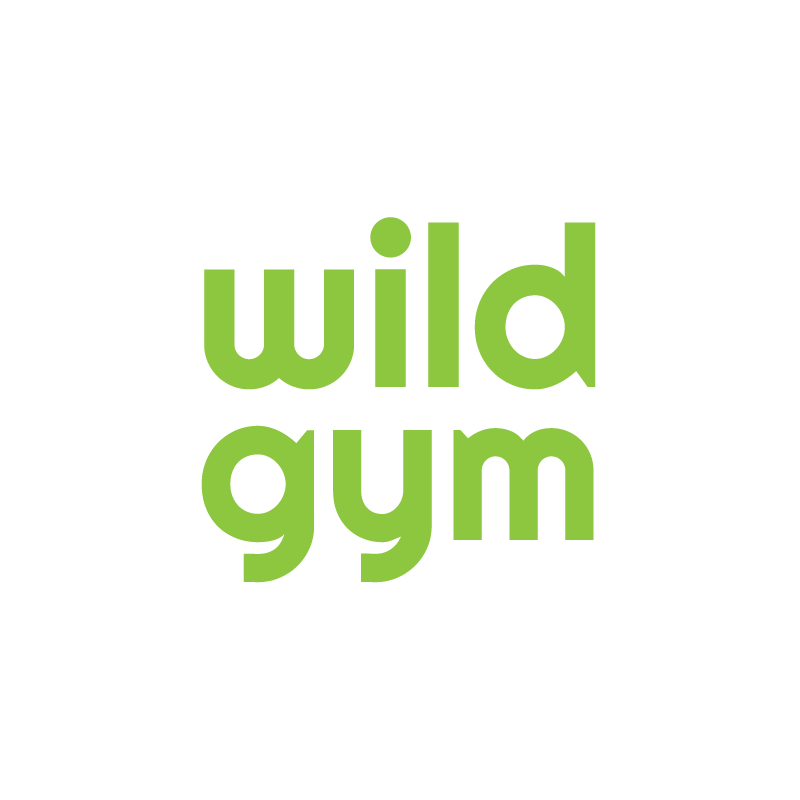Dear League of Wildness,
Before you start reading, close your eyes and take five, slow deep breaths.
There. Now we are ready!
Do you ever think about your breathing habits? 🌬
What a strange question, right? Why would we think about something our bodies are designed to do automatically? Yet it’s something that a large percentage of us – up to 90% by some estimations – do incorrectly. I’ve wondered how it’s even possible to breathe incorrectly but considering our modern lives which have resulted in restricted movement patterns and inefficient use of our lungs, it makes sense. In addition, our high-stress lives often lead to shallow breathing habits.
The truth is, how we breathe matters a great deal to our health and we should all be paying more attention to it and even practicing it.
Breath – the book
I read a lot of books, but “Breath: The New Science of a Lost Art” by James Nestor remains one of the best books I have ever read. I was hesitant to pick it up despite numerous recommendations. How interesting could an entire book on breathing possibly be?? But wow, was I wrong. It is a fascinating book, full of information about a process so vital yet rarely thought about. If you only read one book in 2023, make it this one.
We all understand that breathing = life. What I think most of us don’t realize is that breathing incorrectly can actually contribute to serious health problems. In Nestor’s book, a doctor named Pavolovich Buteyko who suffered from high blood pressure and headaches discovered that slowing his breathing relieved his symptoms. In the late 1950s, he ran one of the largest studies on breathing that had been done up to that point. The people in the study had an average respiration rate of 15 breaths per minute. This caused high heart rates and issues with metabolic function leading to more incidences of migraine, hypertension, and difficulty breathing, due largely to an imbalance in oxygen and carbon dioxide in the body. When study participants slowed their respiration to 6 breaths a minute, they, too, experienced relief from their symptoms.
Simply slowing our breathing down can ease the symptoms of numerous health problems, from high blood pressure to anxiety. That’s pretty amazing. It’s also something you can do anywhere you are. Stuck in traffic? Spend a couple of minutes focusing on slowing your breathing down. Waiting in line at the post office? Breathe. Commercial break? Breathe.
The Dangers of Mouth Breathing
This was one of the most eye-opening sections of Nestor’s book for me. I have suffered from allergies since I was a kid and always had a stuffy nose. I had no idea until I read this book that mouth breathing and snoring are not healthy. When we are forced to breathe through our mouths, it can contribute to blood pressure problems, learning disabilities, and even brain cell development due to less oxygen going to the brain. Breathing through your mouth also affects the soft palate structures in the mouth and throat which over time can contribute to the development of sleep apnea. People who have normal nasal breathing rarely suffer from sleep apnea.
The book has a whole chapter on the subject of nasal vs. mouth breathing, including an experiment done by the author and a friend. Under the supervision of a researcher, they blocked their noses for 10 days and recorded the changes they experienced. Their stress hormones increased dramatically, the soft tissue in their throats expanded and they started snorting. They even suffered bouts of sleep apnea. They also reported bad breath, increased anxiety and fatigue, brain fog, and even increased nighttime bathroom breaks. The latter happens because when one breathes through their mouth at night, they experience less deep sleep. When we are in deep sleep, our bodies produce vasopressin which tells our cells to store water. When we are not in deep sleep, the water is released to the kidneys causing us to have to have visit the bathroom. This can lead to more frequent bed-wetting accidents for children.
Mouth breathing is also bad news for our dental health. It encourages bad bacteria growth and leads to more cavities and gum disease which are linked to heart disease. It is especially harmful to children as it can impact how their dental and facial structures develop leading to lifelong dental problems.
Breathing and Exercise
Have you ever noticed that when you start a challenging workout, you feel miserable for the first several minutes? Whether you are on an epic trail run or getting in some HIIT reps, you might feel like it’s more difficult than you remember. But after a while, you settle into a rhythm and feel amazing. According to Nestor this is due to our body being forced to use anaerobic respiration. He says, “The first few minutes of an intense workout are often so miserable. Our lungs and respiratory system haven’t caught up to supply the oxygen our bodies need, and so the body has to use anaerobic respiration. This also explains why, after we’re warmed up, exercise feels easier. The body has switched from anaerobic to aerobic respiration.”
Nestor goes on to explain that this is because anaerobic respiration is intended as a backup system and we have fewer muscle fibers that utilize it. If we use those fibers too often they break down, which is why so many New Year’s resolutioners end up injured their first week at the gym. It’s great for brief, explosive use, but not regular use. Our bodies are much more efficient at using aerobic energy and we should attempt to stay in that zone most of the time during exercise and at rest. This is where you reap the benefits of walking, swimming, hiking, rowing, and running.
You absolutely should use your anaerobic system for movements requiring quick bursts of energy such as HIIT and strength training. That’s exactly what it’s built for! We have both systems for good rason, and we should use them both to their full potential.
Katy Bowman on breathing
It’s been at least a couple of weeks since I mentioned the genius of Katy Bowman 😱
When we don’t move our bodies in a variety of ways, it impacts how well efficiently our chest fills with air. We lose breathing capacity when we are too stationary, especially as we get older. It isn’t just the ability to breathe well that matters here but the ability to cough and clear chest congestion. When we inhale, our chest cavity expands and creates pressure that then allows us to cough effectively. If we don’t move enough our body structures become inflexible which includes the chest cavity. If it does not expand as well as it should, our breathing becomes shallow and more rapid and does not allow effective coughing which can lead to pneumonia and other infections.
I linked the full article below, definitely give it a read. It includes some exercises we can do to ensure our breathing structures stay at full capacity.
What else can I do?
🧑⚕️If you are a chronic mouth breather and/or your partner has to wear ear plugs because of your snoring, a doctor's visit is in order. Often problems can be treated or corrected.
🌬Practice! In Nestor’s book, he notes that the ideal breath rate is 5.5 breaths per minute. Many people are breathing 10-15 breaths per minute. Time yourself and see if there is an opportunity to slow your breathing. To start, make sure you practice while seated or lying down, as changes to your breathing pattern can lead to light-headedness.
When you are feeling stressed or anxious, practice box breathing. This will slow your respiration rate and calm your nervous system.
- Inhale for a count of 4
- Hold for a count of 4
- Exhale for a count of 4-6
- Hold for a count of 4
This is great to practice if you have trouble falling asleep due to an overactive mind.
Look into Wim Hof’s methods. He has some excellent breathing techniques in his books and many videos online.
📖Read the book! Nestor’s book is packed full of useful information while also being entertaining. I spent 40 years never thinking about my breathing habits or the impact they might have. I’ll never take breathing for granted again after reading this book. I promise I’m not getting paid to talk about it 😂
Resources
Breath: The New Science of a Lost Art by James Nestor
The Wim Hof Method by Wim Hof
Katy Bowman article about the structures involved in breathing
A great article about the benefits of controlling your breathing and how to get started
An article including study information about the harms of mouth breathing on dental health
Breathe on, wild kin!
-Kim


Leave a comment
This site is protected by hCaptcha and the hCaptcha Privacy Policy and Terms of Service apply.